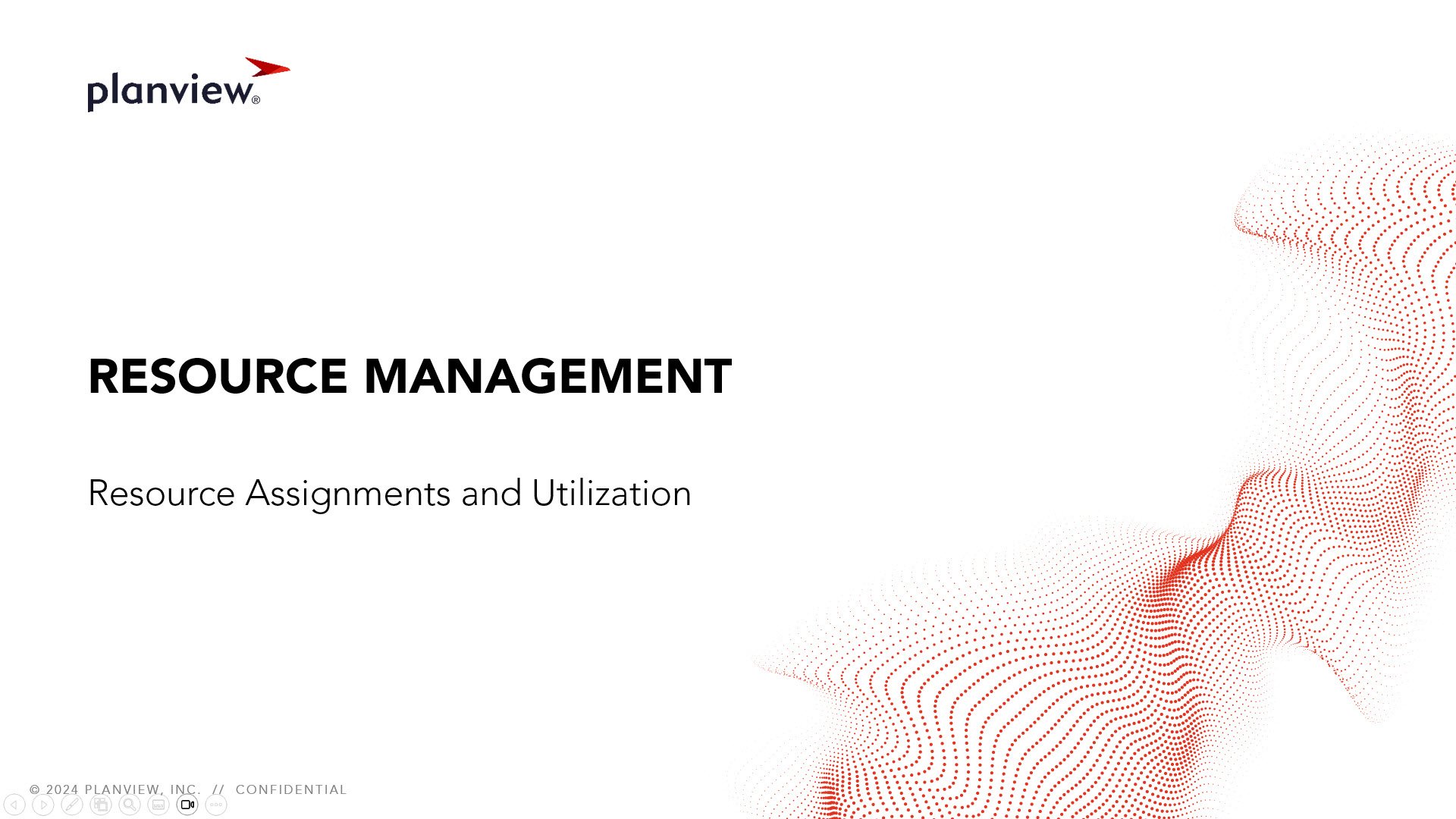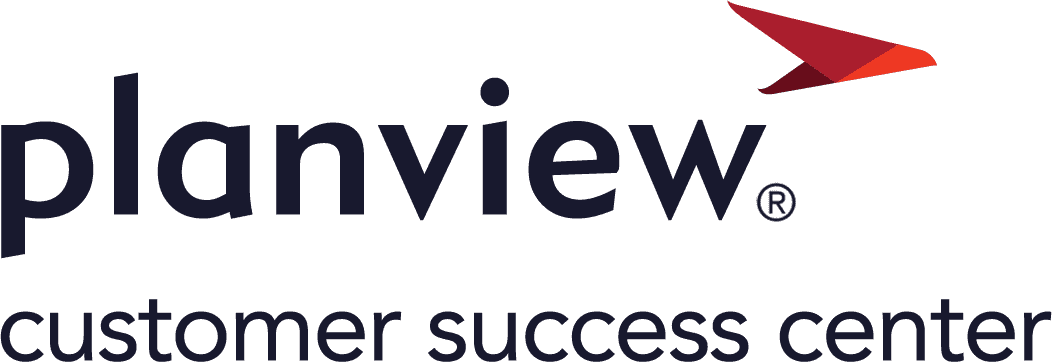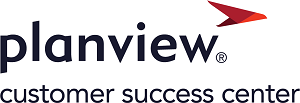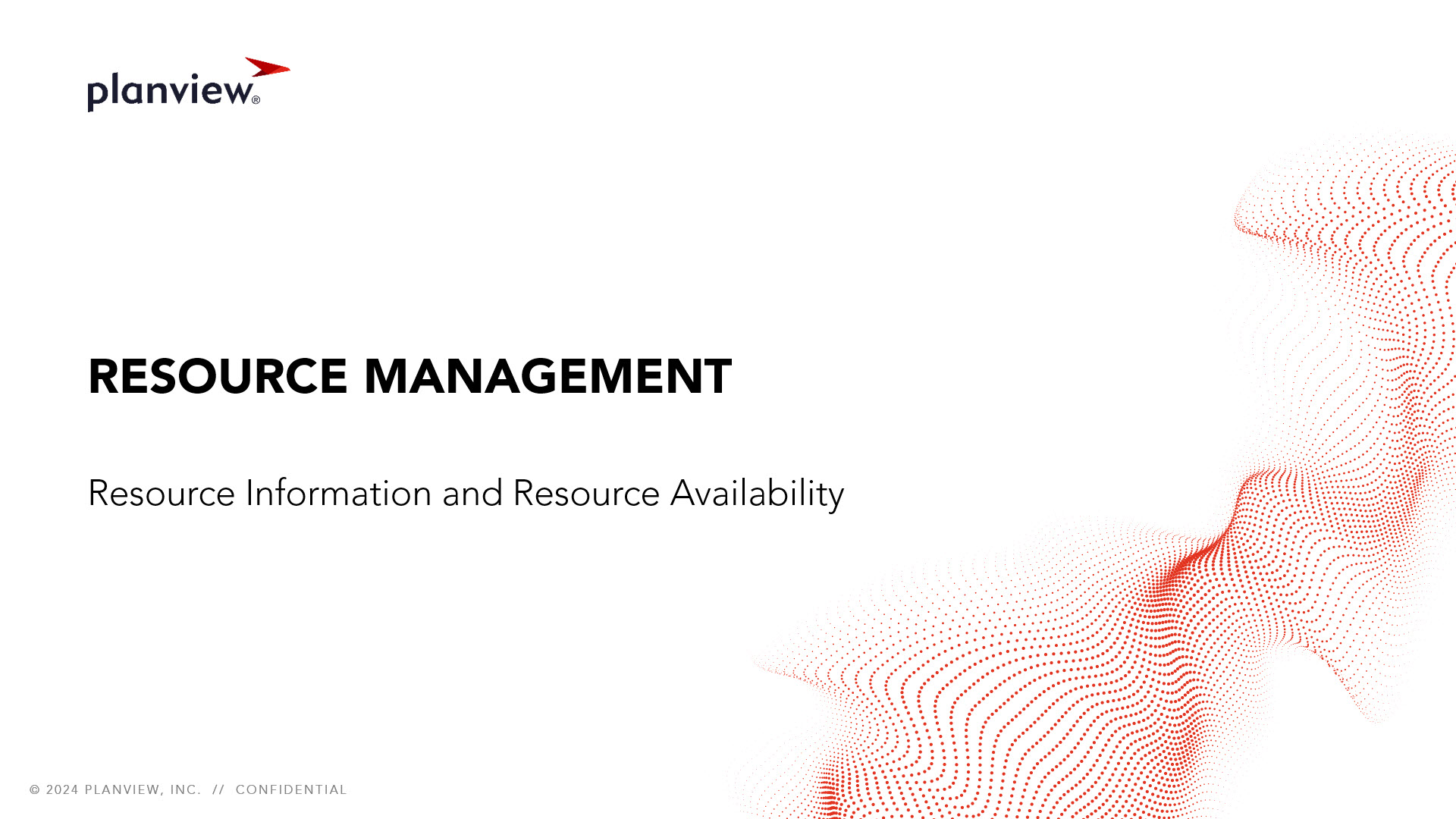Get started
Resource management adoption pathway
| 1. Get started | 2. Design and set up | 3. Capability usage | 4. Reports and outputs |
|
Audience |
PMO, resource manager, project manager, portfolio manager, Planview administrator |
|
Objective |
Understand the key benefits of adopting resource management in Portfolios and a simple use case that enables organizations to go beyond timesheets for cost recharging in Portfolios to assigning role-based resources to work and automating timesheet reporting to track project hours. |
How does adopting resource management benefit my organization?
Resource management in Portfolios
Implementing resource management in Portfolios provides organizations with a centralized repository of information about resources and their availability. This allows resource managers to understand where resources spend their time and the impact on work. Clear visibility into resource availability is essential to understanding what the workload is and what everybody is doing, and reflects the true capacity of the organization to deliver projects. As organizations mature their resource management practice, they typically progress from assigning role-based resources to work to allocating named resources, with or without time reporting.
Adopting resource management enables organizations to:
- Assign resources to work
- Authorize resources to report time
- Capture actual days/hours spent on projects
- Define standard activities or non-project work
- Gain visibility into resource non-availability
- Understand resource capacity constraints
Mature resource management practices enable organizations to:
- Start forecasting resource demand
- Move towards capacity planning and scenario analysis
Key benefits of adopting resource management:
-
Ensure resources are focused on the highest priority work aligned to strategic goals
-
Do more with less by effectively planning capacity and optimizing resource allocations
-
Reduce delivery costs by reducing cost overruns and automating manual processes
-
Improve stakeholder confidence and satisfaction in your PMO
What project and portfolio management challenges does resource management resolve?
Adopting a resource management and capacity planning practice can help PMOs answer these key business questions:
-
Are we confident in our ability to successfully deliver new investments within the constraints of our resource capacity?
-
Are we working on the highest priority projects?
-
Do we have the right mix of projects?
-
Do we schedule investments across time to optimize the use of resources?
-
What capacity constraints are considered as additional investments are approved?
-
Do we have a process to reallocate resources to high priority investments?
How does resource management work in Portfolios?
|
|
This video highlights how the Portfolios resource management capability enables you to:
|
 |
This video highlights advanced functions of the Portfolios resource management capability that enable you to:
|
How can I implement resource management to align with our business needs?
Planview Portfolios can be used to support the planning of work, assignment of resources, and tracking of progress. How your organization implements and adopts the resource management capability in Portfolios will depend on your organizational needs, business processes, level of maturity, and desired business outcomes.
Learn more by exploring these business-outcome driven use cases for work and resource management →
How can I easily get started with resource management in Portfolios?
Going "Beyond Timesheeting" with resource management
The "Beyond Timesheeting" resource management use case is most common among organizations that are in the early stages of resource management maturity, and have not yet adopted forward-looking resource demand management practices. Typically, these organizations are currently using Portfolios to track time reported to a single project line in Portfolios for costing and recharging purposes, but there is no plan or work breakdown structure (WBS) built out in Portfolios.
In the "Beyond Timesheeting" use case, project and resource managers progress towards capacity and demand planning at an organizational level by assigning role-based requirements to projects using a high-level plan within Portfolios. This WBS typically consists of one or two levels of project phases and stages along with key project milestones, which "raises the waterline" for project and resource managers and keeps the plan simple and manageable. Resource information is up-to-date and maintained so organizations have visibility into resource non-availability and their true capacity to deliver work. Authorized resources continue to report time using timesheets, and actual hours and days spent on work are tracked for costing and recharging purposes.
It is essential to keep the work plan simple so it is easier to manage and maintain, and detailed tasks are tracked outside of Portfolios. Organizations can choose to activate ProjectPlace as a standalone solution for detailed task management, or rely on their own external tools and methods.
Adopting the "Beyond Timesheeting" use case enables organizations to answer these questions:
-
What type of resources are needed to deliver the project?
-
How much will the project cost?
-
How long will the project take, and when will it start and finish?
-
How much resource effort (hours/days per week) will it take to deliver the project?
How does the "Beyond Timesheeting" use case simplify resource management?
-
High-level project plan: reduces complexity and keeps the plan manageable. WBS is planned out with dates and durations for stages/phases and key milestones.
-
Role-based resources: simplifies resource planning by focusing on overall capacity rather than individual availability; named resources are not needed. Forward planning of resource demand uses requirements (role-based resources).
-
Time reporting: authorizations report time to work and standard activities. Resources' timesheet hours are recorded against time reporting “buckets” and integrated as actual dates and actual hours for costing and recharging purposes. Resources can be authorized at any level of the WBS.


